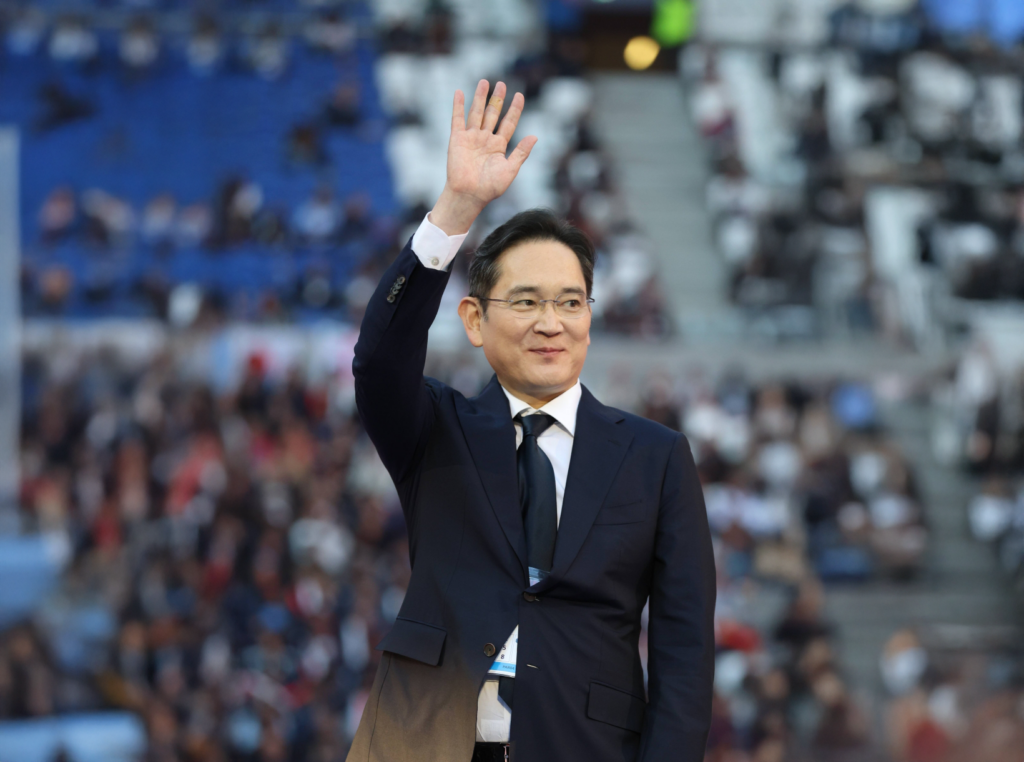
Marriage in South Korea is being redefined in ways that sharply distinguish it from trends in the United States, reshaping family life in one of the world’s fastest-aging nations. Three decades ago, weddings were lavish affairs in Seoul banquet halls, and parents urged their children to marry young. Today, however, marriages have nearly halved, births have collapsed by two-thirds, and more Koreans are choosing foreign spouses — changes far more dramatic than those seen in America.
Government data released this week illustrates the scope of the transformation. South Korea recorded nearly 435,000 marriages in 1996, but the number plunged to 191,700 in 2022 before rebounding slightly to 222,400 last year — still 44 percent below the level of a generation ago. By contrast, U.S. marriage rates have declined too, but far less steeply, and America’s overall birthrate remains significantly higher. At the same time, South Korea has seen a surge in cross-border unions, with 20,800 marriages involving a foreign spouse in 2024, up 54 percent since the mid-1990s. That means nearly one in ten weddings today involves an international partner, a share notably higher than in the United States.
For younger Koreans, delaying marriage into their thirties has become the norm. Men now marry at an average age of nearly 34 and women at 31.6 — both several years later than in the U.S. “I grew up believing marriage was something that happened in your twenties,” said Lee Ji-won, 34, who recently wed her American husband. “Now most of my friends are in their thirties and still unsure. For me, marrying someone from another country felt natural.”
South Korea’s fertility collapse is even more striking compared with the United States. In 1995, more than 715,000 babies were born in Korea. Last year, the number fell to just 238,000, pushing the fertility rate to 0.75 — the lowest in the world and far below America’s 1.6. That gap reflects not only economic strains but also cultural expectations unique to South Korea. While single parenthood and births outside of marriage are common in the U.S., they remain rare in Korea — though even there, such births have risen from barely 1 percent to nearly 6 percent of the total.
Economic pressures weigh heavily on South Korean parents. “I only wanted one child because of the cost of housing and education,” said Park Min-hee, a 39-year-old mother in Seoul. “It’s not just financial. There is no community support anymore. Raising children feels like an individual burden.” In contrast, American parents, despite financial challenges, often have broader networks of community, faith groups, and extended family support that soften the pressures of childrearing.
The South Korean government has poured billions into subsidies, housing incentives, and parental leave programs, yet the results remain negligible. Demographers stress that unlike the U.S., where family structures are increasingly diverse and flexible, South Korea’s rigid workplace culture and traditional family expectations create deeper obstacles. “This is not simply about money,” said Choi Seong-ho, a sociologist at Korea University. “It is about how young people perceive marriage, how women see their roles, and whether society adapts to new forms of family.”
For now, South Korea’s story is one of sharper contrasts than America’s: fewer weddings, fewer children, and a social order in flux. The United States faces its own demographic challenges, but the pace and depth of change in Korea highlight just how differently the two countries are navigating the future of family life.
















